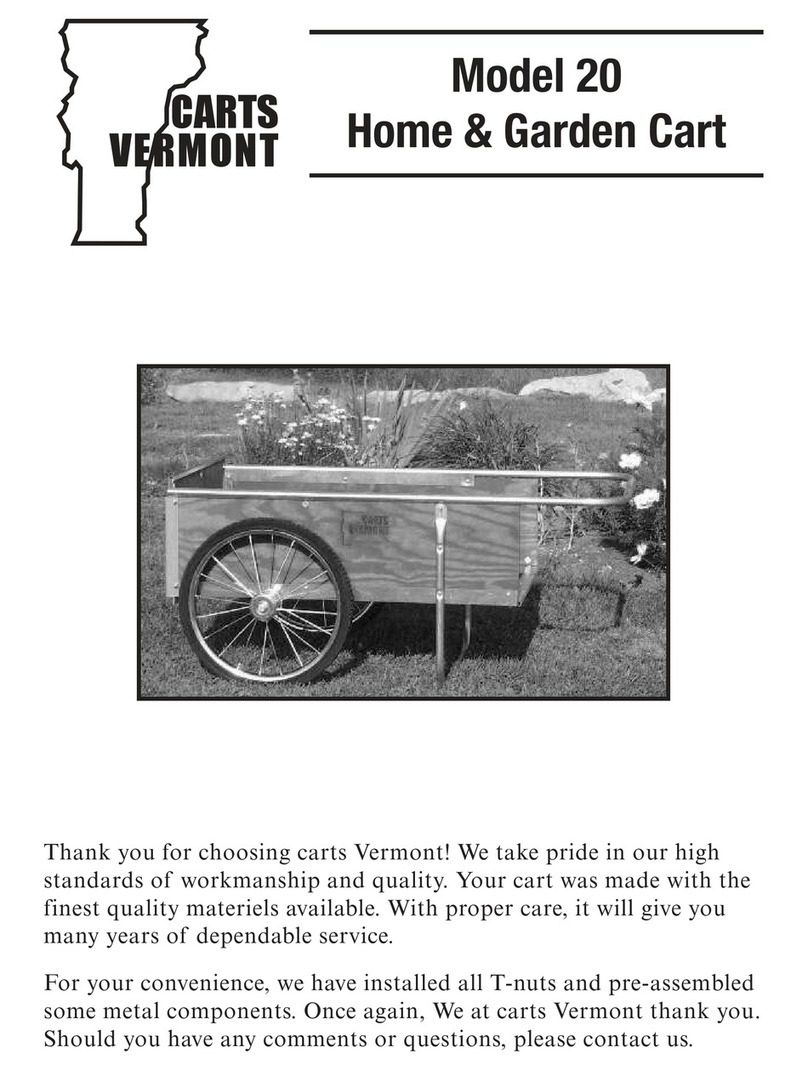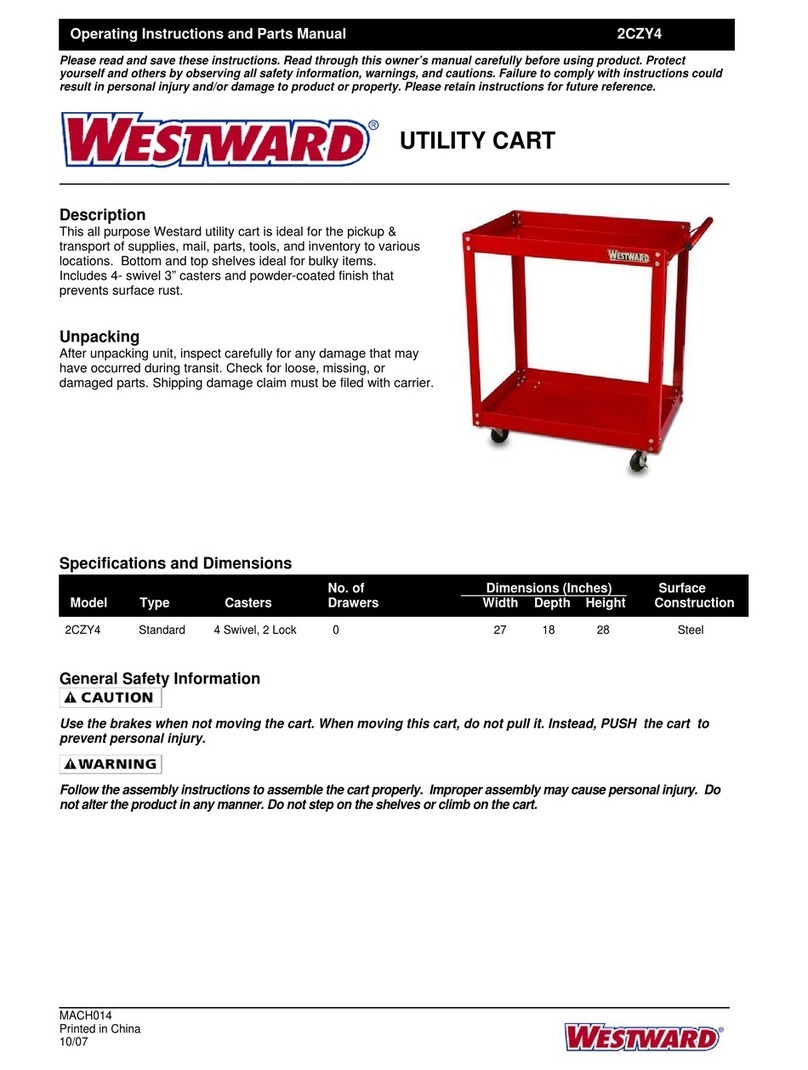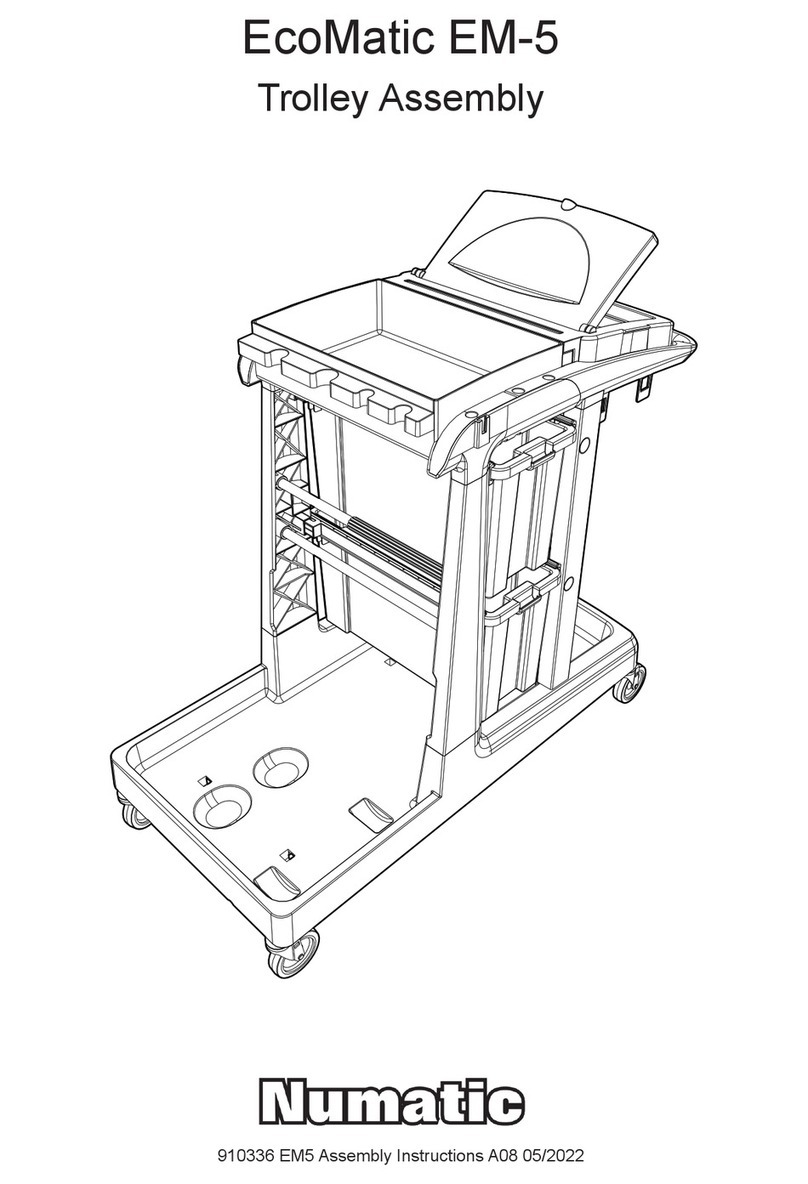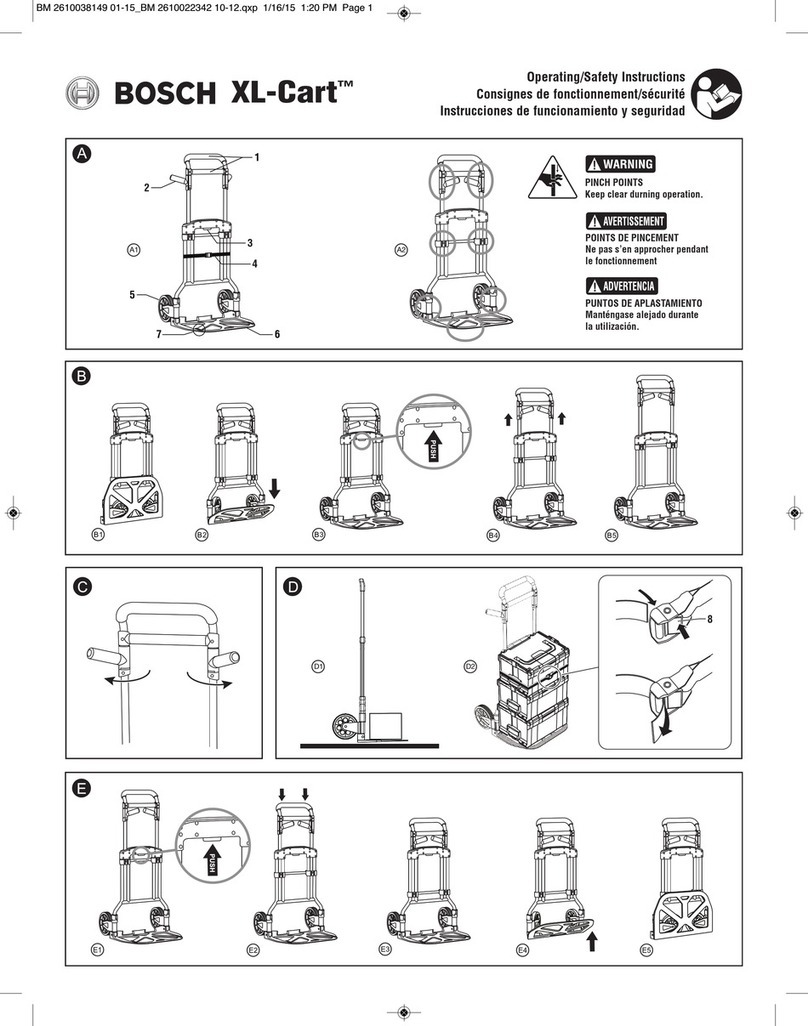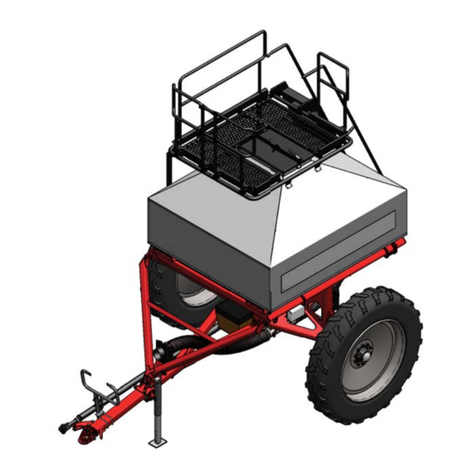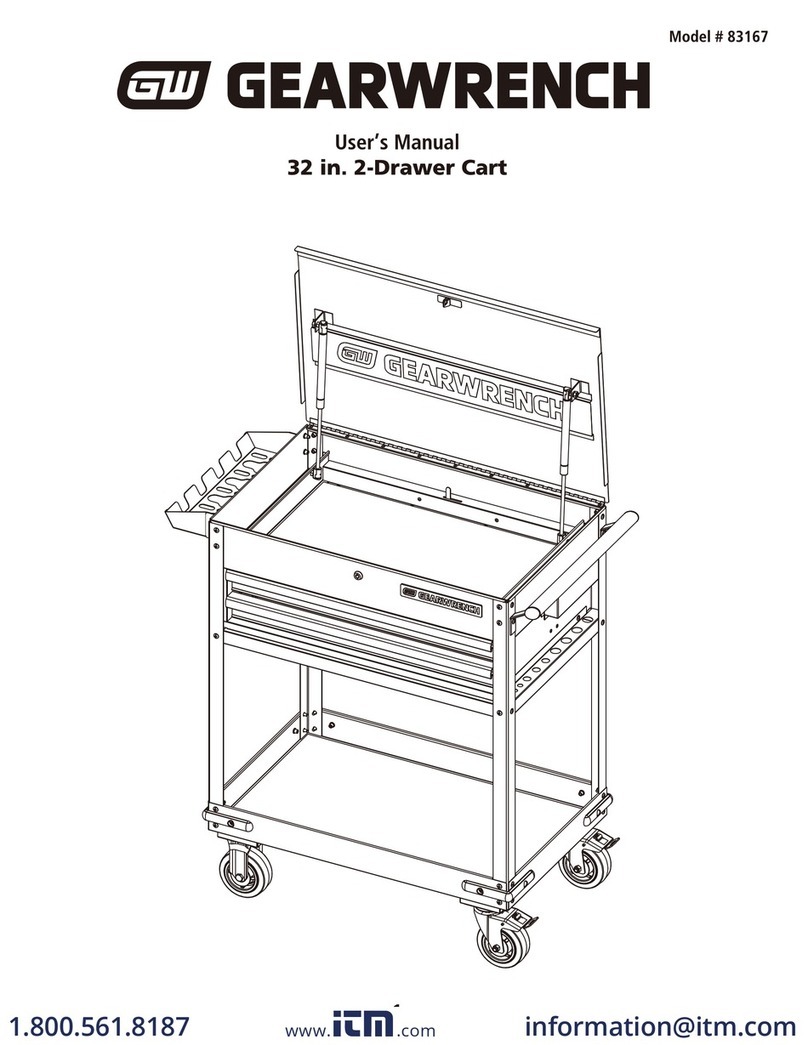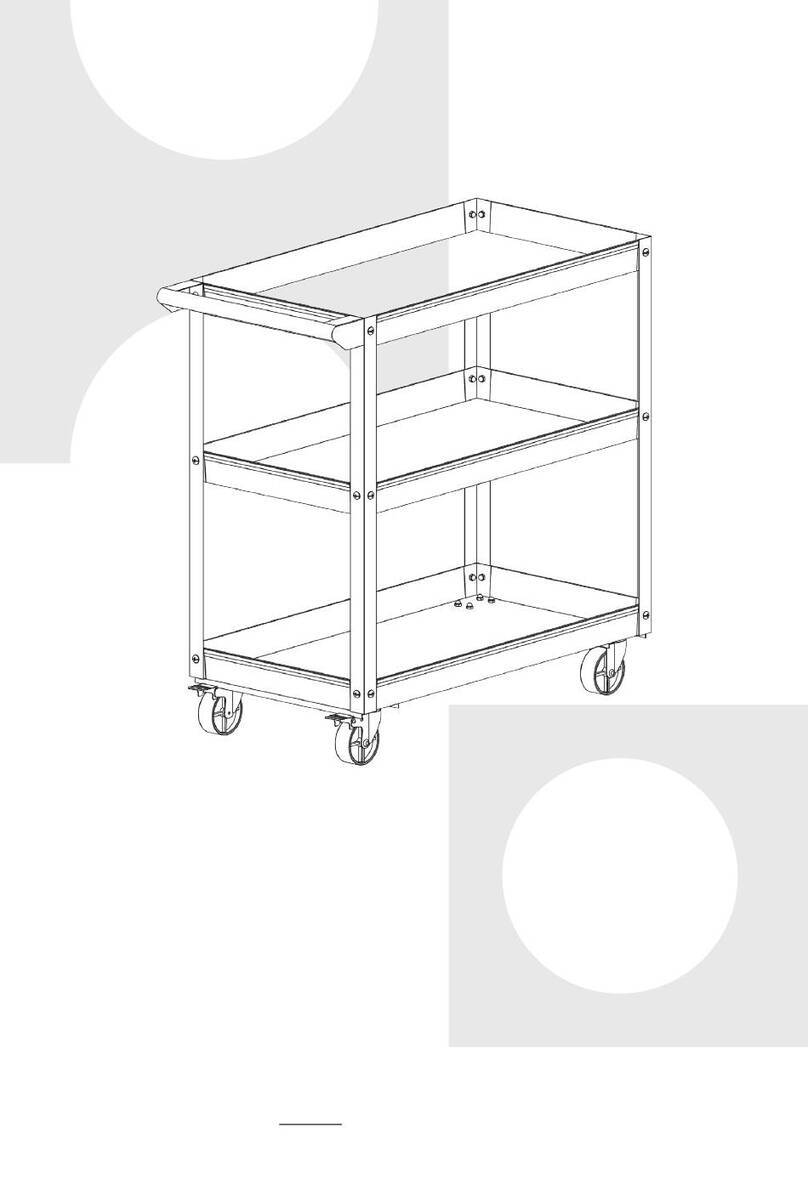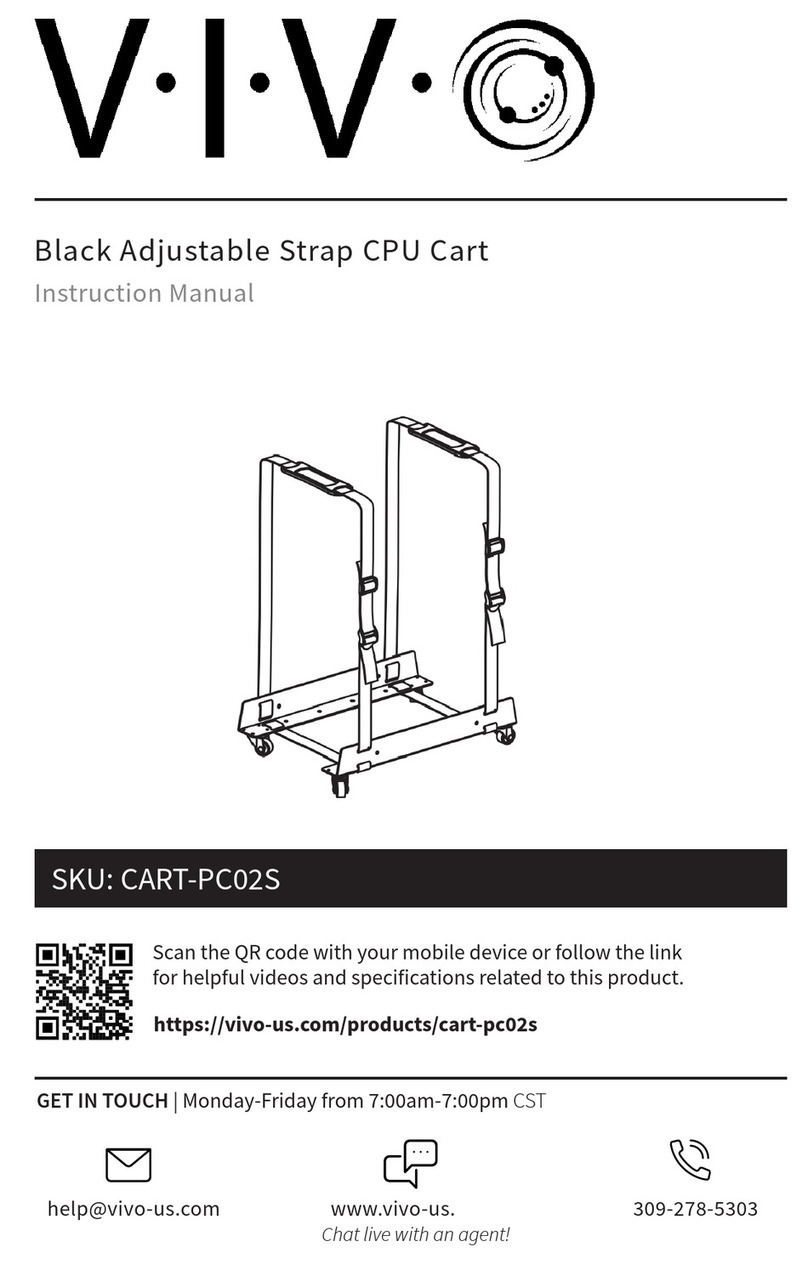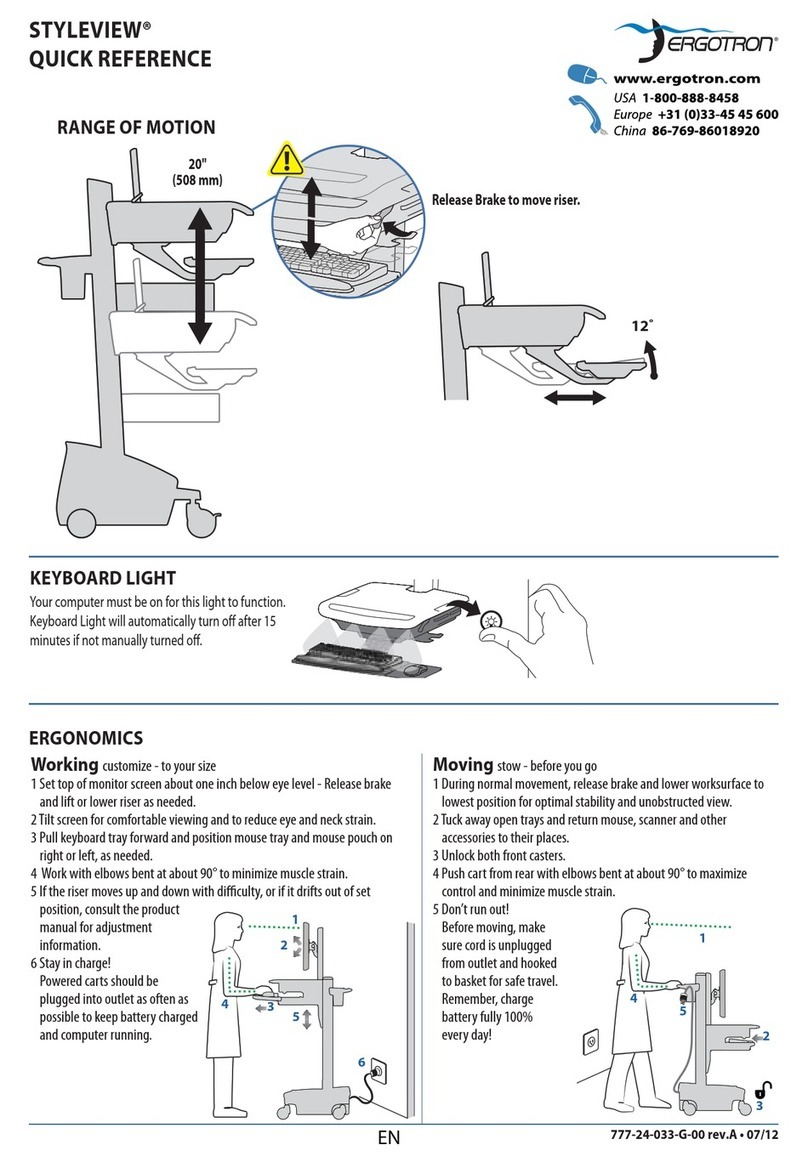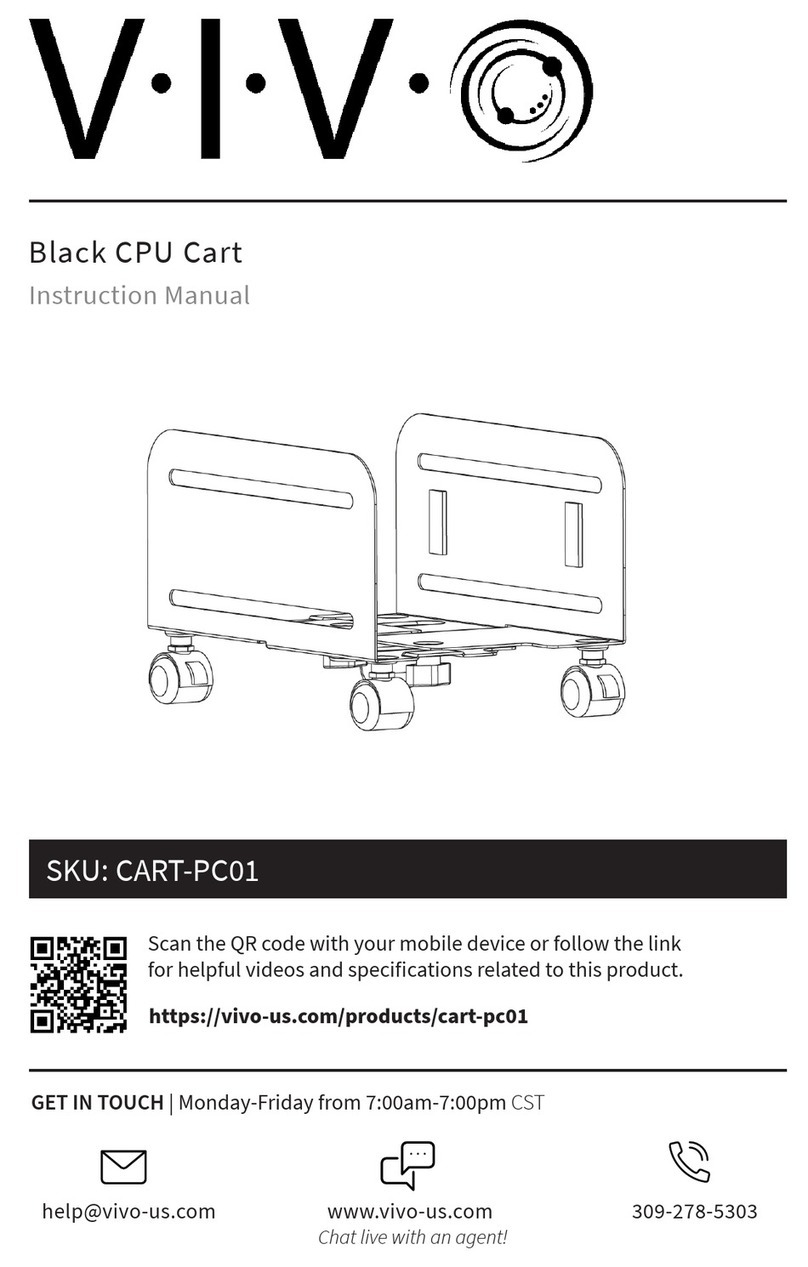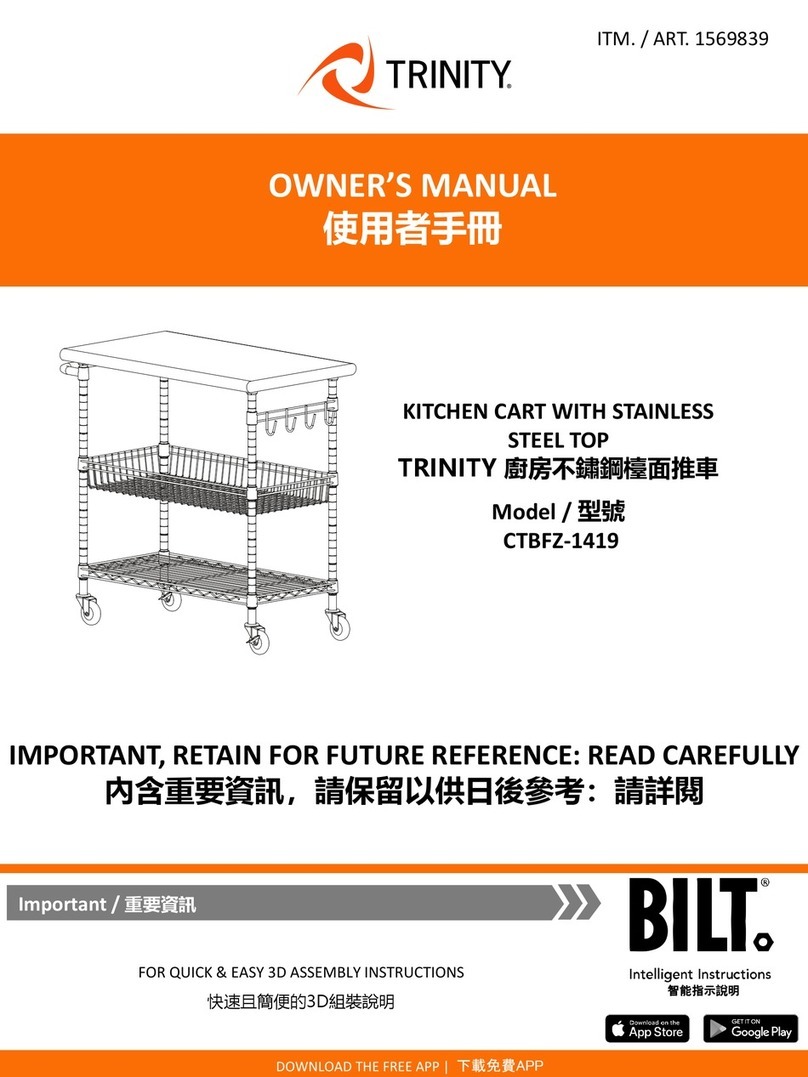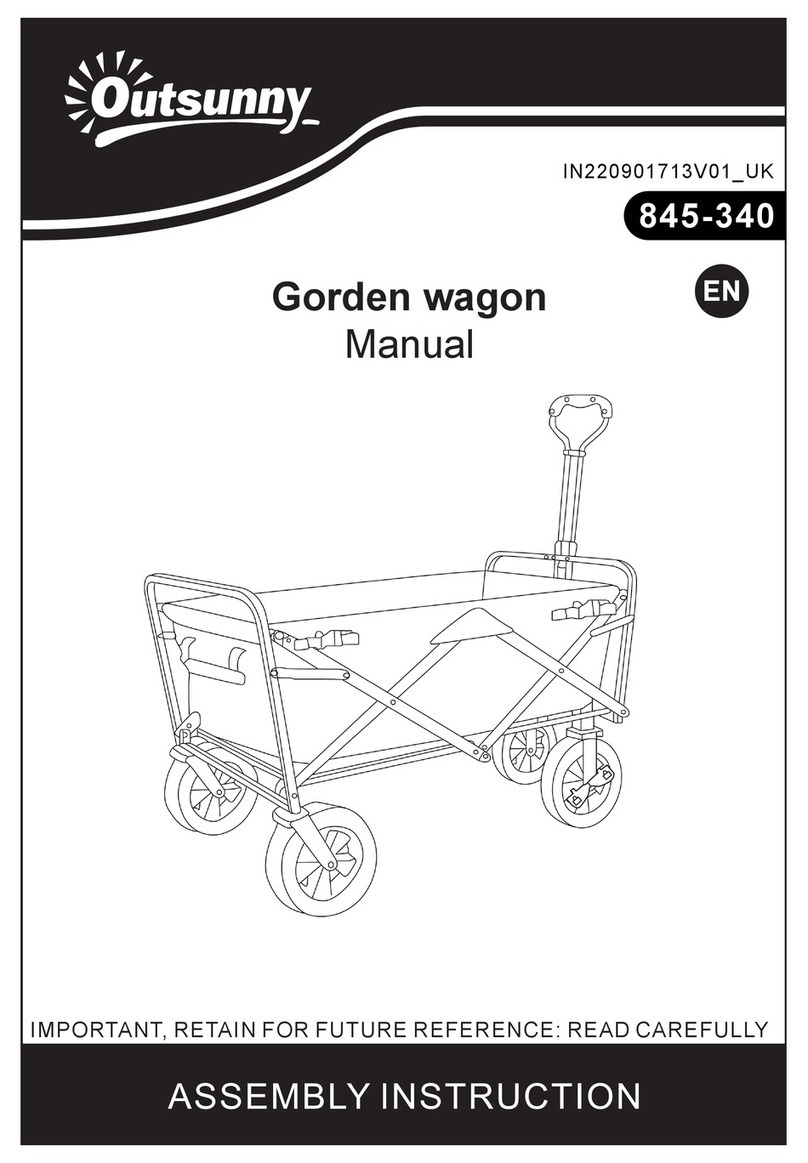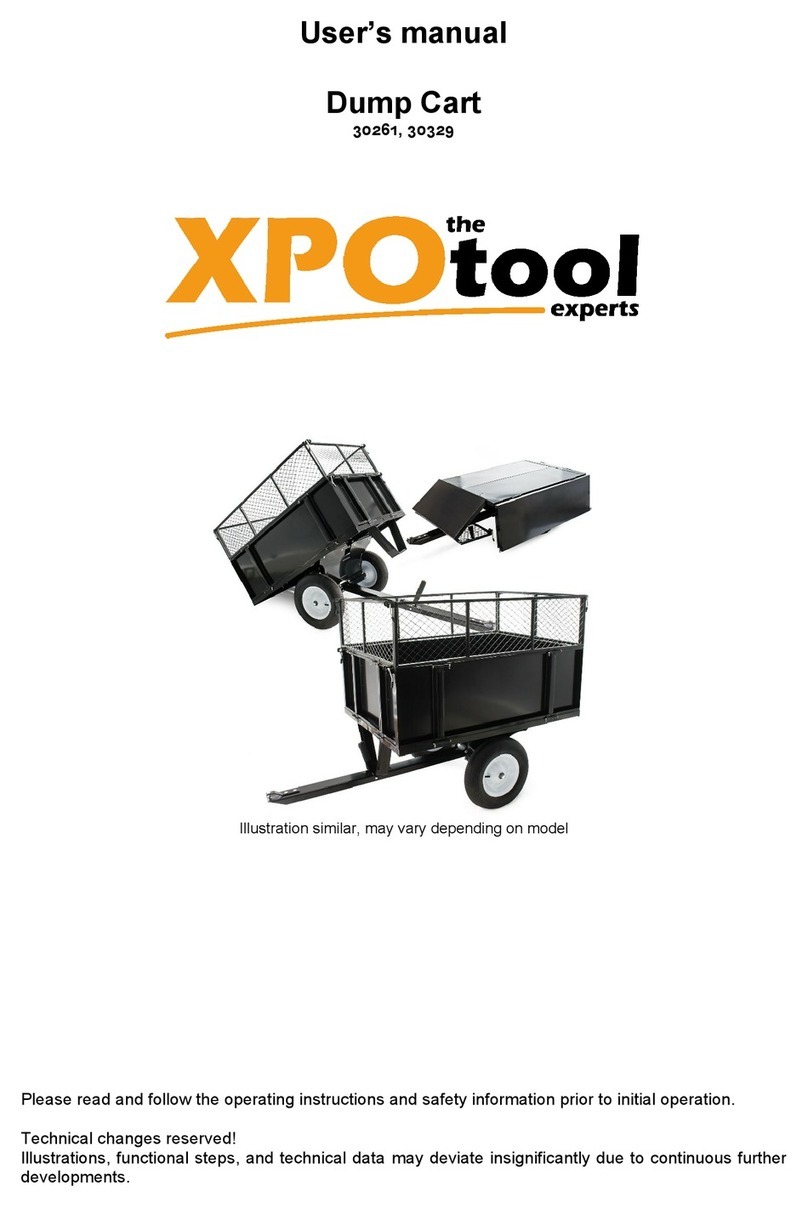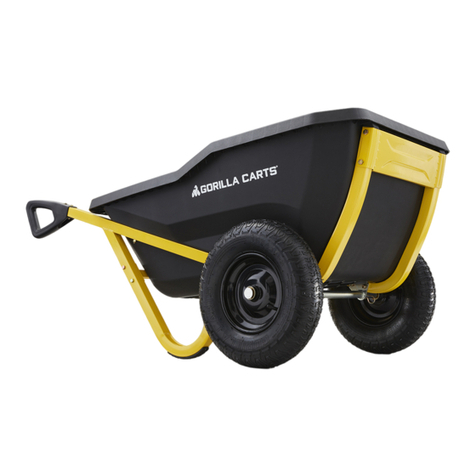
3
AMITY TECHNOLOGY, LLC 2800 7TH AVENUE NORTH FARGO, ND 58102 e-mail address: [email protected] (701) 232-4199 fax (701) 234-1716
Prices subject to change without notice
AMITY TECHNOLOGY, LLC LIMITED WARRANTY FOR NEW PRODUCTS
1. General Provisions. ThisWarrantyshallapply tothe original purchaserof (1)any new andunused machine
manufactured byAmity Technology, LLC (“Amity”), and (2) any new and unused part which is manufactured
by Amity for use in an Amity machine, jointly referred to as “Products,” whether such Product is purchased
through a dealer or directly fromAmity. Under this Warranty, Amity will repair or replace, as it chooses in its
sole discretion, any covered Product, or any component thereof, which Amity determines to be defective.
This Warranty shall be in effect for a period of twelve (12) months (“the Warranty Period”), beginning on
the date of delivery of the covered machine or part by the dealer or Amity to the purchaser (“the Warranty
Start Date”). The purchaser must pay the cost of transportation of a Product to be repaired or replaced to
and from an authorizedAmity dealer. This Warranty may not be transferred from the original purchaser of a
Product to any other person. This Warranty does not give a purchaser the right to any relief other than repair
or replacement of the Product, and it specifically does not allow for consequential or incidental damages,
exemplary or punitive damages, or costs and fees.
2. Scope and Limitations of Warranty. With respect to machines, this Warranty is void if any part not sup-
plied by Amity is used in assembly or repair of the machine, or if the machine has been altered, abused or
neglected, as determined byAmity. With respect to parts, this Warranty is void if the part is used in any man-
ner other than that for which it is intended. This Warranty does not extend in any way to tires and any other
component of a Product warranted by another manufacturer, a copy of which warranty is provided herewith
(“Third-Party Warranties”). In the event Amity determines that a Product is not defective, or that any other
provision of this Paragraph 2 operates to limit the Warranty, this Warranty shall not apply and the purchaser
shall be responsible for transporting the Product from the authorized Amity dealer’s location within 10 days
of notice by Amity.
3. Procedures for Obtaining Service. To secure Warranty service, a purchaser must (1) report the defect
to an authorized dealer and request repair within 45 days of the failure and within the Warranty Period; (2)
present evidence that this Warranty applies to the Product; (3) present evidence of the Warranty Start Date;
and (4) bring the Product to an authorizedAmity dealer within a reasonable period of time after reporting the
defect.
4. LIMITION OF IMPLIED WARRANTIES AND OTHER REMEDIES. To the extent allowed by law, neither
Amity, its dealers, nor any company affiliated withAmity makes any warranties, representations, or promises
as to the quality, performance, or freedom from defect of any Product covered by this Warranty.
AMITY HEREBY WAIVES, TO THE EXTENT APPLICABLE, ANY AND ALL IMPLIED WAR-
RANTIES OF MERCHANTABILITY AND FITNESS FOR APARTICULAR PURPOSE. APUR-
CHASER’S ONLY REMEDIES IN CONNECTION WITH THIS WARRANTY ARE THOSE SET
FORTH ON THIS PAGE. IN NO EVENT WILL AMITY, ITS DEALERS, OR ANY COMPANY
AFFILIATED WITH AMITYBE LIABLE FOR INCIDENTIAL, CONSEQUENTIAL OR PUNITIVE
DAMAGES.
Some states do not allow waivers of certain warranties, so the above waivers may not apply to you. You
may also have other rights which vary from state to state.
5. No Dealer Warranty. Thisis the exclusivewarranty applicable toAmityProducts. No dealerhasany authority
to make any other warranty, modify, limit, or expand the terms of this Warranty in any fashion, or make any
representation or promise on behalf of Amity.
6. Dispute Resolution. Any controversy or claim arising out of or relating to this Warranty must be settled by
arbitration in Fargo, North Dakota, at a time and location designated by the arbitrator, but not exceeding 30
days after a demand for arbitration has been made, and may be conducted by electronic, video, or other
technical means. Arbitration will be conducted by theAmericanArbitrationAssociation in accordance with its
Rules of CommercialArbitration, and judgment upon the award rendered by the arbitrator may be entered in
any court having jurisdiction thereof. The arbitrator will have the authority to orderAmity to undertake a repair
or replace any Product, at its election, if the arbitrator finds that this Warranty requires Amity to do so. The
arbitrator will not have the authority to impose any other remedy against Amity, including without limitation
consequential or incidental damages, exemplary or punitive damages, or costs and fees.
